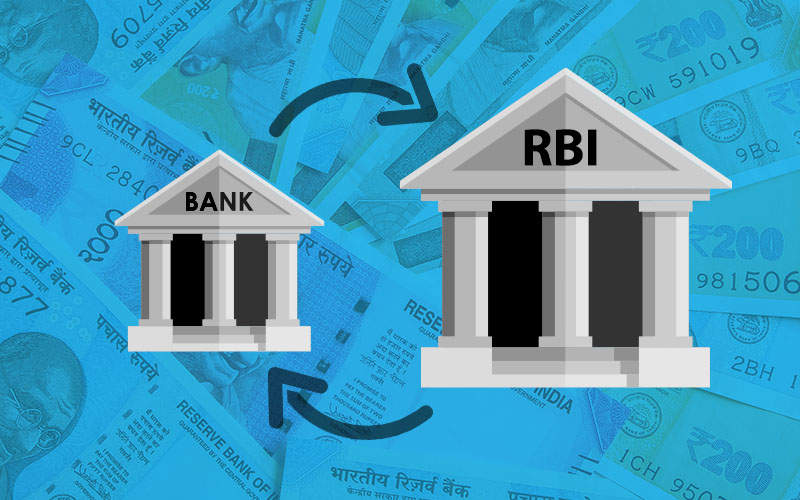

The Reserve Bank of India at times uses terms like withdrawal of accommodation, neutral, hawkish and others. What does this all mean?
A neutral stance indicates that the RBI maintains flexibility in adjusting policy rates based on prevailing economic conditions. This means that the central bank is open to either increasing or decreasing interest rates, depending on data related to inflation and economic growth.
The neutral stance is generally adopted when both inflation control and economic growth are given equal priority, allowing for adjustments in either direction as new information arises.
It maintains a balanced focus, placing equal weightage on managing inflation while also supporting economic growth. Additionally, the RBI provides market guidance, signalling that rate changes could occur depending on incoming data, ensuring transparency and responsiveness to economic conditions.
It means RBI is willing to accommodate or adjust to the present money supply and also plans to increase money supply to boose demand. It means that the RBI is liberal with the present inflation and money supply.
If RBI plans to accommodate, it will cut the Repo rates so that the interest rates fall and credit uptake in the economy takes place. Reserve Bank of India maintained an accommodative stance to support the economy, particularly during the Covid-19 pandemic.
In contrast, a withdrawal of accommodation refers to a more restrictive monetary policy stance where the RBI aims to reduce the money supply in the economy. This involves increasing interest rates to curb inflationary pressures. When the RBI withdraws accommodation, it signals that it is less inclined to support any further money supply or inflation. It lowers economic growth as money supply falls.
This policy is aimed at tightening the monetary policy to reduce liquidity in the economy. It prioritises keeping inflation within the target levels and indicates a shift away from policies that encourage borrowing and spending.
A hawkish stance reflects the central bank’s focus on controlling inflation. During this stand, RBI may not change the interest rates but is very watchful of the inflation and the level of money supply in the Economy.
What decision it would take actually depends upon the data RBI finds. However during such periods, the central bank is likely to raise interest rates to limit the money supply and dampen demand. In this phase, interest rate cuts are almost out of the question. When the central bank raises rates or tightens its monetary policy, commercial banks follow suit by increasing loan interest rates, which helps reduce demand in the financial system.
Another commonly used term is ‘calibrated tightening’. This indicates that while rate cuts are not being considered in the current policy cycle, any rate increases will be gradual and measured. The central bank might not opt for a rate hike in every policy meeting, but its stance leans towards tightening. Rate adjustments can also occur outside scheduled policy meetings if necessary.
Comments
Write Comment